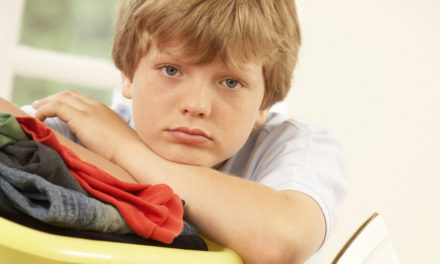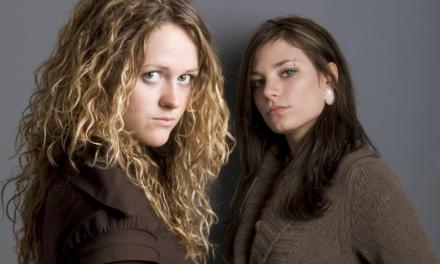ACHARAY MOT —
Blaming one another is a tempting human tendency. How much easier it is to place responsibility on another’s shoulders than to accept responsibility for our actions! We like to shift the weight of our own flaws and misdeeds on to another, especially when we have not lived up to our own or others’ expectations. Children often engage in blaming when confronted with an action unacceptable to a parent or teacher, saying things like “He started it!” or “It was her fault!”.
Our Torah portion this week deals with the original scapegoat. The high priest confesses the sins of Israel while placing his hands on a goat that was then sent out into the desert as part of the larger atonement process. Sending a goat into the desert is a far better option than a group of people turning a human being into an outcast by blaming him or her for our own flaws.
This Torah portion serves as an important directive. The goat lightens the load of Israel’s sins in an overall process of forgiveness. While we are to take responsibility for our own actions, there has to be room for a lightening of the load of our errors through forgiveness. As parents we have to be ready to confront our children. At the same time we shouldn’t overwhelm them with the force of our confrontations. A light touch and a readiness to forgive might be just the right approach to encourage children to take responsibility for their own actions.
TALK TO YOUR KIDS about the concept of a scapegoat–when a group shifts all of their blame on one person.
CONNECT TO THEIR LIVES:
- Do you ever blame others for your own mistakes?
- Do others ever blame you for their mistakes?
- In what kind of situations do we blame others?
- What makes owning up to our own faults and flaws so difficult?
- How has scapegoating hurt people and societies?
By Rabbi Dianne Cohler-Esses
Values & Ethics—Through a Jewish Lens is created by Fred and Joyce Claar to bring the wisdom of Judaism into family discussions.






